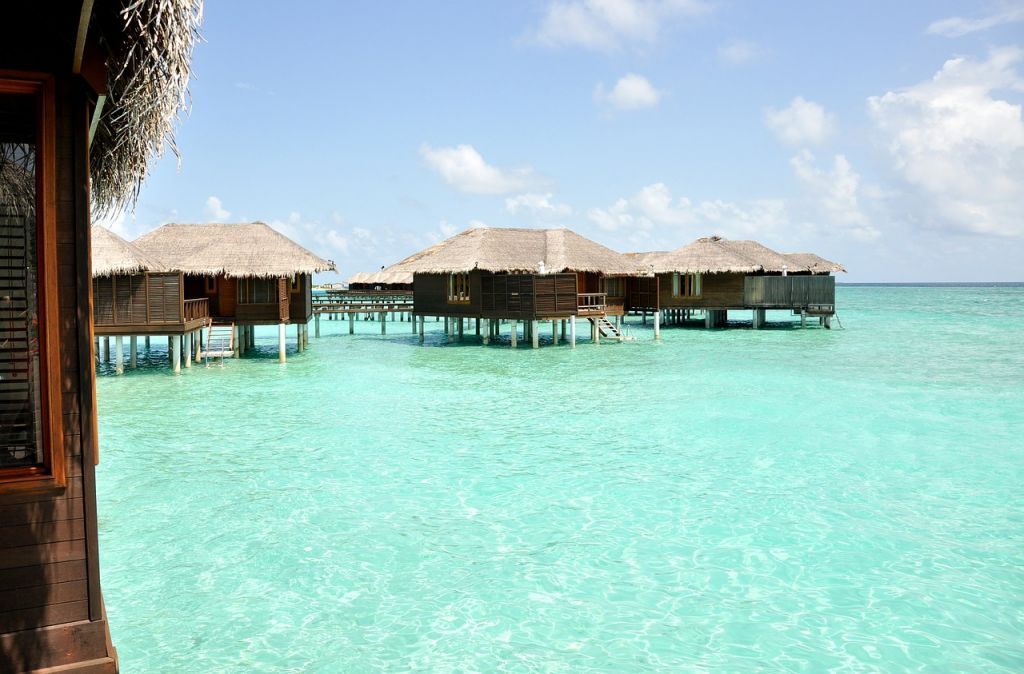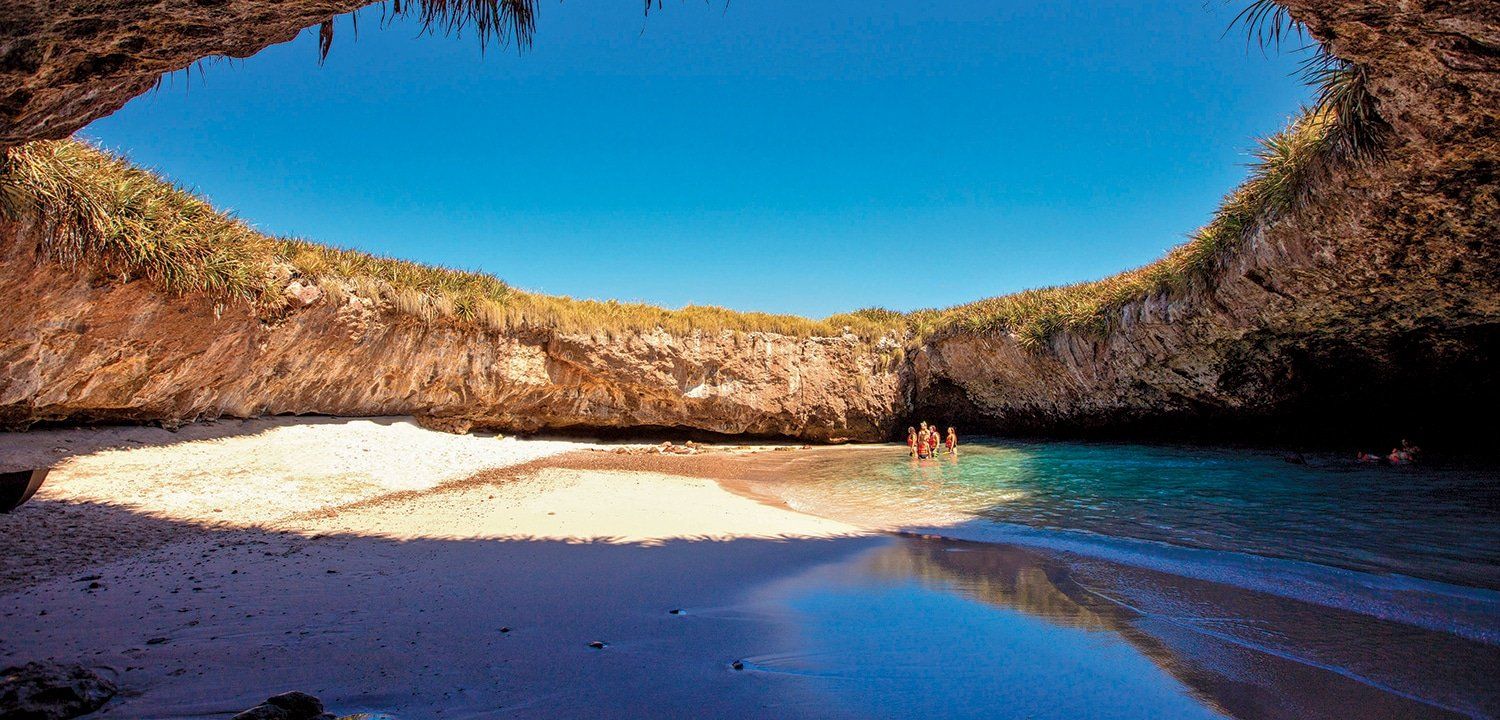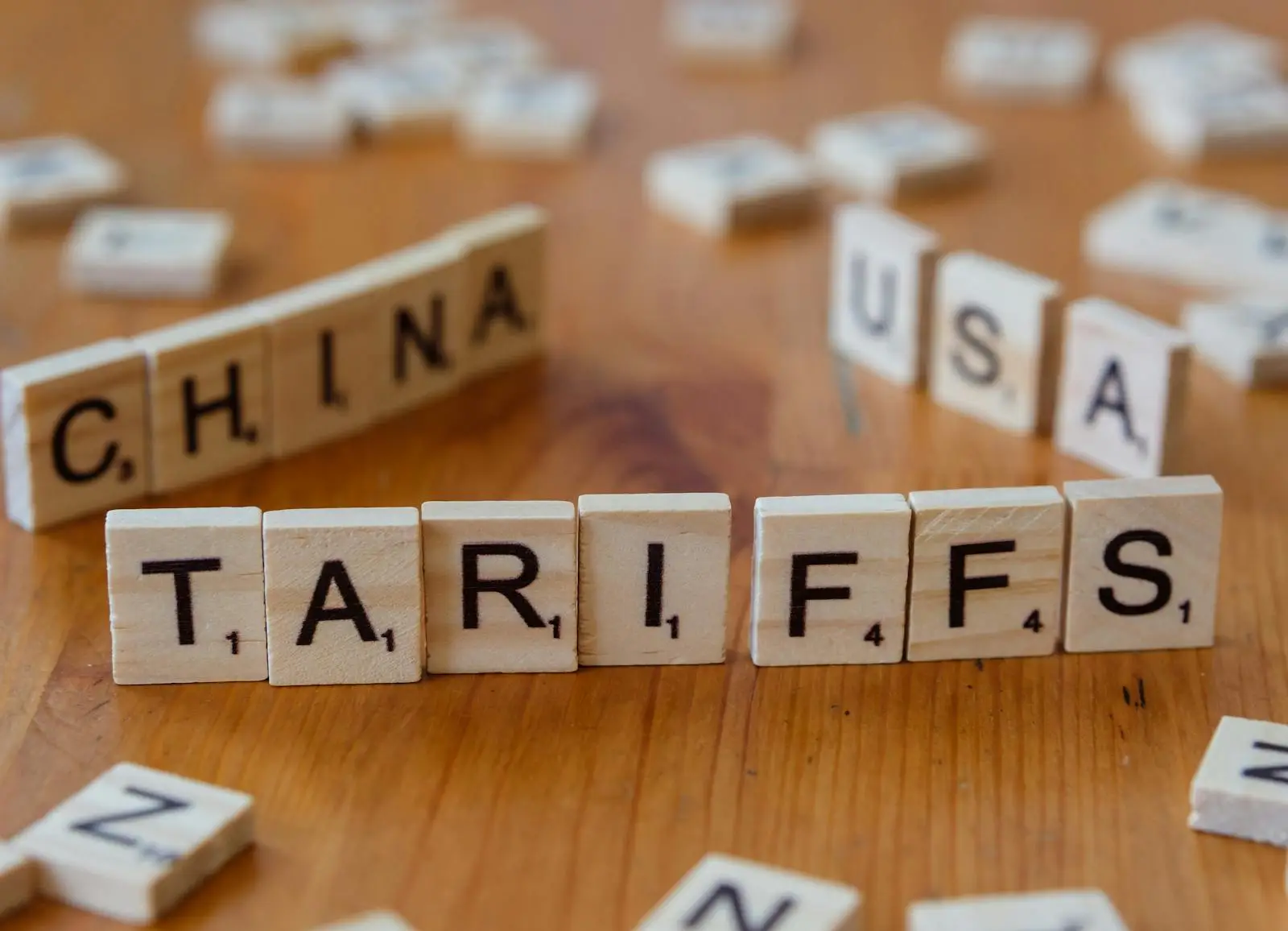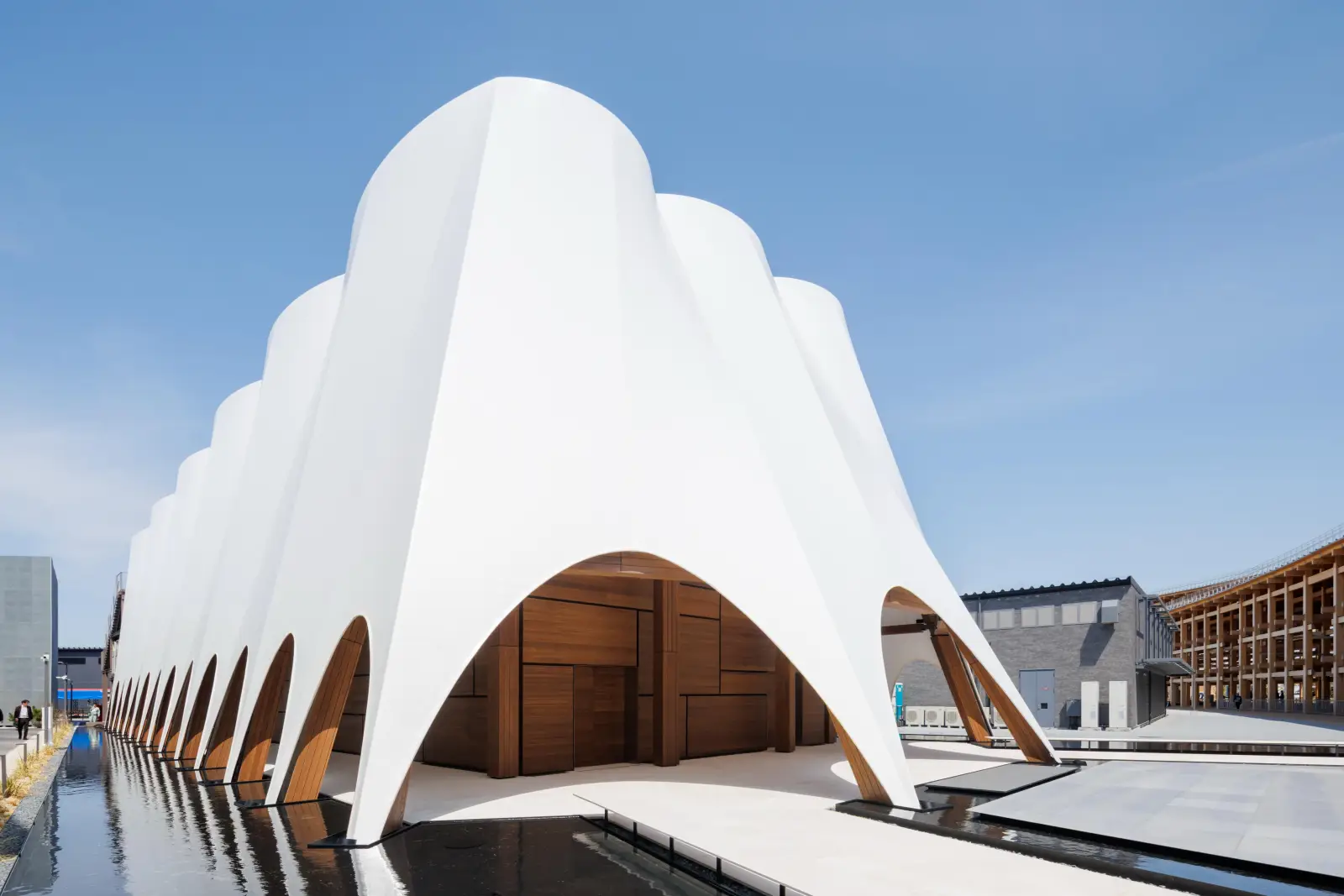The Logge dei Volontari (Volunteers’ Loggias), a wonderful building erected at the end of the 1930s and recently restored and now housing the new National Gallery of Modern and Contemporary Art.
It is inaugurated on July 7, on the 10th anniversary of the Inscription of San Marino on UNESCO’s World Heritage List.
A new collection and services (such as the area to consult archives, books, photos, and newspapers), which will make the Gallery attractive and in line with the offer of other great Italian and international museums.
This museum is a project developed by San Marino’s Istituti Culturali (Cultural Institutes) and supported by the Ministry of Culture of the Republic of San Marino in collaboration with MA*GA (Gallarate – VA). The Gallery was organised by Emma Zanella and Alessandro Castiglioni, respectively the Manager and Curator of special projects at MA*GA and it hosts a selection of works of art coming from the Collection of Contemporary Art of San Marino, which includes more than 1,000 pieces by some of the most renowned Italian artists of the 20th century: Renato Guttuso, Emilio Vedova, Sandro Chia, Enzo Cucchi, Corrado Cagli, Giuseppe Spagnulo, Enzo Mari, Luigi Ontani and others, together with the most distinguished local painters and sculptors such as: Marina Busignani Reffi, Walter Gasperoni, Gilberto Giovagnoli and Patrizia Taddei.
The Museum is divided into four areas corresponding to four historical-theme spheres. Each of them focuses on a specific event in the art history of San Marino in the 20th century including International Biennials, Spagnulo/Manzoni’s Project, the Scala Santa by Enzo Cucchi and Maurizio Cattelan’s work of art.
The first section – Post-WWII period between reality and abstraction – introduces some essential authors to trace back the debate developed about reality and abstraction by Italian artists during the period immediately after the end of the Second World War: from the Social Realism of Renato Guttuso (La Resa -1945), a representative piece to explain political commitment and aesthetic research in the cultural and artistic context of Italy just after the end of war and fascism, to the Abstract Art of Emilio Vedova (Foresta Vergine – Dal Diario del Brasile – 1954), whose style based on sign, gesture and strong expressive power breaks all schemes and embraces the most current urges of European and American Informal Art. Between these two poles are the works by Renato Birolli and Corrado Cagli, in constant search for a style suspended between abstraction and figuration. With Vigna (1952), Birolli adopts a concise and non-naturalistic figurative language by which he sees poetry in little things, such as leaves and branches, in all their essence and immediateness. In the same way, Cagli, with his The Arunta Boat (1951), proposes a figurative composition where oneiric-fantastic elements effectively merge with primitive signs. Achille Perilli’s Diagramma della realtà umana (1958) is also part of the Informal Art context of the second half of the 1950s.
Vita embrionale (1960), a painting by San Marino’s artist Marina Busignani Reffi makes reference to Informal Art through its concise, animated and free non-descriptive formal expression revealing the delicate and deep feeling of motherhood.
The second section – Contemporary Art and experimental languages – covers a wide time span between the 1970s and the 1990s. It focuses on experimental languages developed from Conceptual Art to contemporary photography and highlights the existence of a common thread which keeps together a group of extremely different artists yet sharing the same experimental attitude towards visual arts.
A fundamental exponent of this school is Patrizia Taddei, the first San Marino artist among those of the National Gallery who, in 1973, designed and realized a conceptual work documented by photographs. Parallel with coeval Italian experiences in Conceptual Art and Poverism, the artist meditates on the idea of borders and limitation related to her condition as a citizen of a Small State.
The works of two masters of Italian art, Giuseppe Spagnulo, and Mimmo Jodice, also focus on San Marino. Jodice worked on a photography project dedicated to Città and Mount Titano in 1990, while Spagnulo made some sculptures, drawings and sketches for the scenery of a musical composition by Giacomo Manzoni staged at the Teatro Titano in 1991 and published in its entirety at the Gallery for the very first time.
The third section – New classicism between tradition and innovation – describes the return to painting, which is typical of European art in the 80s, from Chia’s and Cucchi’s Transavanguardia to Ontani’s Appropriation Art up to more independent attitudes such as Enzo Mari’s style.
Transavanguardia is represented by Prima Bella Mostra Italiana (1995), a work by Sandro Chia and Enzo Cucchi, which summarises the basic idea of the movement theorised by Achille Bonito Oliva as an expressive framework where classical and childlike figuration, a descriptive and essential style, references to ancestral figures and a non-academic use of materials and techniques result in a free language supported by powerful creative energy.
Placed in a different location from the National Gallery but intimately linked to it owing to its history and language is the La Scala Santa by Enzo Cucchi, a permanent work realised in 1987 on the walls of the “Scala Santa” at the former Monastery of Saint Clare, which now hosts the University of San Marino.
Gilberto Giovagnoli’s Lingua di un ½ giapponese dates back to 1987 as well. This San Marino’s painter works in a close relationship with the artists of the Italian Transavanguardia together with Walter Gasperoni, who with is a piece titled B – 1° (1973) exhibits an entirely personal world of signs, spaces, and colors.
Finally, there are the works of Luigi Ontani and Enzo Mari, which are different in terms of technique and purposes, yet similar because of their irreverent spirit, which makes them extremely significant for the National Gallery.
On the one side, Luigi Ontani’s L’uccello all’appello del cappello (1995-1997) represents the dialogue between an imaginary medieval joker/jester, telling numberless wonderful stories and a professional in the art of music and entertainment, and a little bird, the symbol of supernatural forces, which will accompany and amplify the jester’s voice with its singing.
On the other side, Enzo Mari’s Dialogo tra Fidia, Galileo, Duchamp, i sette nani, l’Idiota, is a refined philosophical project characterized by deep irony and freedom in the use of materials. It is an allegory formed by 23 pieces made of gypsum, wood, ceramic, iron, paper, fabric, glass, bronze, brass and concrete designed and realized by Mari for the 42nd Biennial of Venice in 1986 and displayed in San Marino in 1988.
The National Gallery includes also Archives of Performative Arts dedicated to recent and contemporary projects. This area is part of the activity of protection, conservation and promotion of San Marino’s World Heritage and it will be constantly updated with the addition of new works.
The catalog of the collection is published by the San Marino’s State Library.













